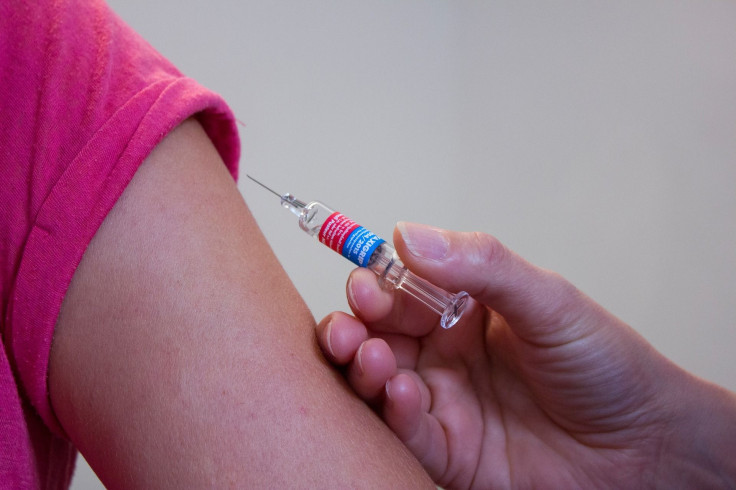New Painless 1-Minute Skin Patch Promises To Revolutionize Vaccine Delivery

Over the past three decades, melanoma has become increasingly rampant in the U.S. As a deadly form of skin cancer, it generates nearly 100 thousand new cases every year, with 20 Americans dying from it every day, according to the American Academy of Dermatology.
Lately, researchers have designed a fast-acting skin patch to target melanoma cells for destruction. The device was tested on mice and human samples and is a step forward in the treatment of melanoma. It may also influence how vaccines are administered in the future.
"Our patch has a unique chemical coating and mode of action that allows it to be applied and removed from the skin in just a minute while still delivering a therapeutic dose of drugs," says Yanpu He, a graduate student who helped develop the device. "Our patches elicit a robust antibody response in living mice and show promise in eliciting a strong immune response in human skin."
Types of medication administered through the skin typically include ointments and syringes. The former can impart medications to the skin, but only a small distance through it. The latter is effective, usually ensuring that 100 percent of the medication is available to the body. However, they tend to be inconvenient and painful, resulting in non-compliance.
These new microneedle patches would be a straightforward and painless method of administering medication. They are prepared using a layer-by-layer coating method, alternating positive and negative charges. The desired outcome is to have every adjacent layer strongly attracted to each other as well as the microneedle. "But this attraction makes the entire film very 'sticky,'" He notes. "Past methods, which have retained this 'sticky' nature, can take up to 90 minutes for a sufficient amount of drug to leave the patch and enter the skin."
To counter this problem, Paula T. Hammond, Ph.D., along with her graduate students He, Celestine Hong and other colleagues at the Massachusetts Institute of Technology (MIT), devised their patch so that when pasted on the skin, the charges present in the film change in such a way to quickly repel the drug from itself. It goes from sticky negative-positive-negative layers to repelling negative-negative-negative layers when placed on the skin.
When tested alongside other delivery modes, their microneedle patch produced nine times the immune response using the same chicken ovalbumin as an antigen than the intramuscular and subcutaneous injections (e.g., used for flu shots).
The patch also elicited 160 times the antibody level compared to subcutaneous injections (e.g., used for measles vaccines). Antibodies are Y-shaped proteins produced by the body’s immune system to help stop intruders such as viruses, bacteria, or other chemicals from harming the body.
"Our patch technology could be used to deliver vaccines to combat different infectious diseases," Hammond says. "But we are excited by the possibility that the patch is another tool in the oncologists' arsenal against cancer, specifically melanoma."
© Copyright IBTimes 2024. All rights reserved.





















